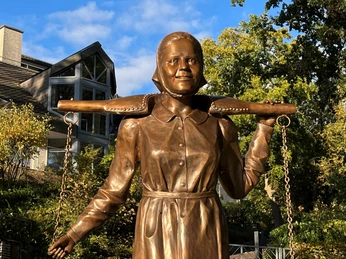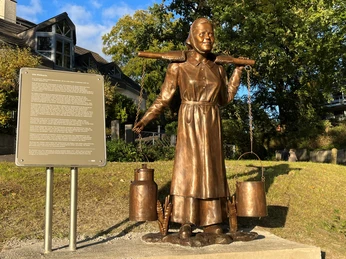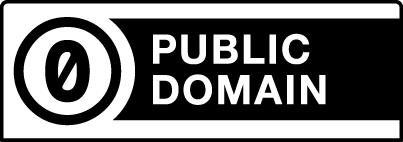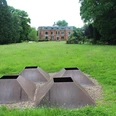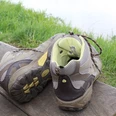In 1679, the Weser changed its riverbed after an extreme flood. Some meadows in the Baden district were now separated from the village and lay on the opposite side of the river. They could no longer be reached by the farmers.
The people of Baden therefore had a yaw rope ferry built. In spring, the cows and horses were taken by ferry to the opposite side of the Weser. They stood there until the cattle drive in the fall. The milkers reached the cows three times a day for milking by rowing boats across the Weser. Milking and transporting the heavy milk cans was exhausting work.
Until the end of the 1950s, the milkmaids from Baden still performed this physically
very strenuous work. This bronze sculpture is a
monument to them.
The people of Baden therefore had a yaw rope ferry built. In spring, the cows and horses were taken by ferry to the opposite side of the Weser. They stood there until the cattle drive in the fall. The milkers reached the cows three times a day for milking by rowing boats across the Weser. Milking and transporting the heavy milk cans was exhausting work.
Until the end of the 1950s, the milkmaids from Baden still performed this physically
very strenuous work. This bronze sculpture is a
monument to them.
Good to know
Author
Mittelweser-Touristik GmbH
Lange Straße 18
31582 Nienburg/Weser
Organization
Mittelweser-Touristik GmbH
License (master data)
Mittelweser-Touristik GmbH
Nearby

